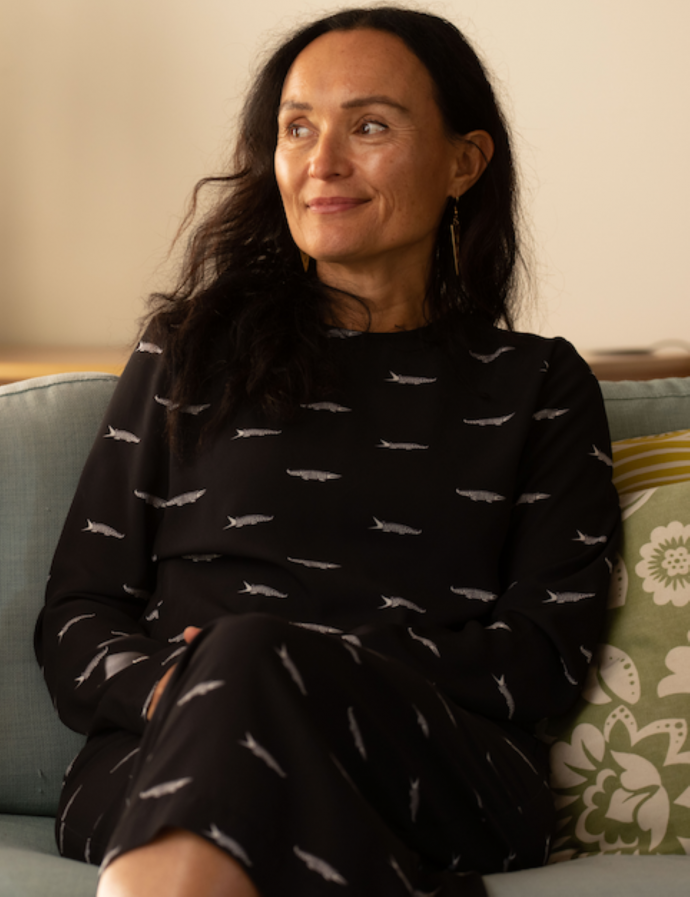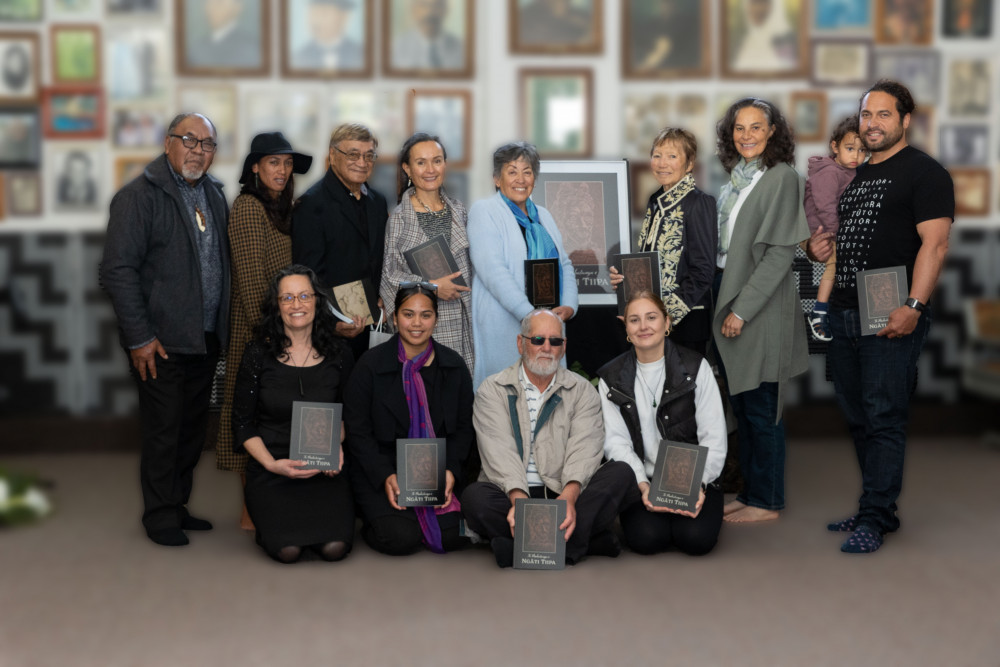Who counts? Reconstructing 19th century Māori demography

Using new statistical methods, historical censuses, and mātauranga Māori, eminent demographer Professor Tahu Kukutai FRSNZ (Ngāti Tiipa, Ngāti Māhanga, Ngāti Kinohaku, Te Aupōuri), from Te Whare Wānanga o Waikato the University of Waikato, will create the first statistical descriptions of Māori communities in 19th-century Aotearoa
Published on 7 Whiringa-ā-rangi November 2024
Tatauranga Aotearoa Statistics New Zealand holds a census every five years under the Data and Statistics Act 2022. The collected data is useful for government, iwi, businesses, and the public to analyse and forecast social, cultural, and economic trends. This sensitive operation works under strict rules and procedures, ensuring the generated data is of sound quality. But this was not always the case.
Demographers studying population statistics in Aotearoa have expressed particular concerns about the accuracy of Māori statistical sources during the 19th-century. This was a critical period of Māori population decline and research to date has relied heavily on flawed colonial censuses.
In this Marsden Standard project, Professor Kukutai and her team will use a variety of approaches to correct for errors in these censuses. By combining novel statistical methods, critical analysis of the original census records, and insights from te reo Māori sources, they will provide a more accurate account of 19th-century Māori demography. Their new methods and findings will be shared with other researchers, hapū and iwi through wānanga and development of user-friendly, open-source software.
Māori demographic history is a remarkable story of collective resilience – of coming back from the brink of around 40,000 in 1896 to nearly one million Māori in the 2023 census. The information gathered from this study will be crucial for our understanding of post-contact Indigenous depopulation, and how past events continue to shape the present. This world-first approach could also be applied to other countries to look back, and ensure that from now on, everybody is counted.

Professor Kukutai with members of her hapū Ngāti Tiipa and project team members Heeni Kani and Ella Newbold (photo supplied)
